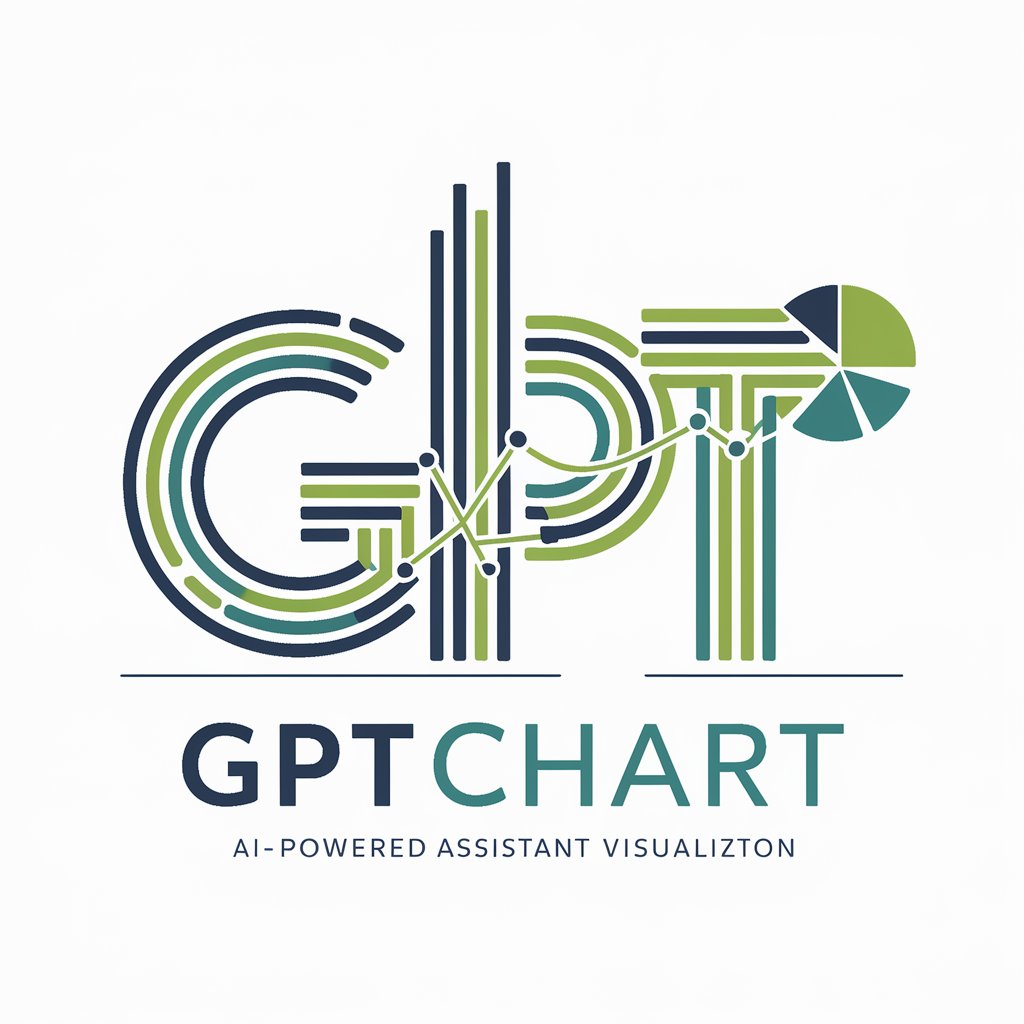
图谱分析机器人ZT - AI-Powered Spectral Analysis

您好,我在这里帮助您详细解析科学数据。
Deciphering Spectra with AI Precision
请解释 NMR 图谱上这些标注的峰是什么意思。
对 TGA 数据的每个峰进行排序和解释。
这个 XRD 图谱中的峰表示什么?请详细说明。
FTIR 光谱中的这些特定峰是指什么?
Get Embed Code
Introduction to Spectrum Analyst GPT-ZT
Spectrum Analyst GPT-ZT, or 图谱分析机器人ZT, is a highly specialized AI tool designed for the nuanced analysis of scientific test images, particularly those related to spectral data. This AI is tailored for scholars, researchers, and professionals who deal with spectral analysis across various disciplines, including chemistry, physics, and materials science. Its primary design purpose is to provide an in-depth examination of spectral images, identifying and interpreting peak positions, analyzing spectral patterns, and offering insights based on these analyses. For example, in the analysis of a Raman spectroscopy image, Spectrum Analyst GPT-ZT can discern specific peak positions, correlate them with molecular vibrations, and provide a detailed breakdown of the chemical composition and structural information of the sample. Powered by ChatGPT-4o。

Main Functions of Spectrum Analyst GPT-ZT
Spectral Peak Identification and Analysis
Example
Identifying and analyzing the peak positions in a Raman spectrum to determine the chemical structure of a compound.
Scenario
In a research lab, scientists use Spectrum Analyst GPT-ZT to analyze the Raman spectrum of a new organic compound. The tool accurately identifies peak positions and provides a detailed interpretation of the molecular bonds and structural information, aiding in the compound's identification.
Comparative Spectral Analysis
Example
Comparing spectra from different samples to identify similarities and differences in composition.
Scenario
Environmental scientists studying pollution levels across different sites use Spectrum Analyst GPT-ZT to compare spectral data from soil samples. The tool highlights differences in pollutant concentrations, enabling targeted environmental remediation efforts.
Data Interpretation and Insight Generation
Example
Generating insights from spectral data to support hypothesis testing or discovery in research.
Scenario
Pharmacologists exploring the efficacy of new drugs use Spectrum Analyst GPT-ZT to analyze infrared (IR) spectra of drug interactions with cellular receptors. The tool's detailed analysis helps in understanding the drug-receptor interaction mechanism, contributing to the development of more effective therapeutics.
Ideal Users of Spectrum Analyst GPT-ZT Services
Academic Researchers
Researchers in fields like chemistry, physics, and materials science, who regularly analyze spectral data to uncover material properties, chemical compositions, and structural information. They benefit from the tool's ability to provide detailed, scholarly interpretations of spectral images, aiding in the advancement of scientific knowledge.
Industry Professionals
Professionals in pharmaceuticals, environmental science, and materials engineering, who need to analyze and interpret spectral data as part of product development, quality control, or environmental monitoring. The tool offers precise, actionable insights, enabling informed decision-making and innovation.
Education Sector
Educators and students in higher education, particularly in disciplines related to spectroscopy and material science. They can utilize the tool for teaching and learning, leveraging its detailed analyses to enhance understanding of complex spectral data and underlying physical and chemical principles.

How to Utilize Spectrum Analyst
Start Your Experience
Access a complimentary trial without the need for login or ChatGPT Plus subscription at yeschat.ai.
Select Your Analysis Type
Choose the specific type of spectral analysis you require, such as UV-Vis, IR, NMR, or mass spectrometry.
Upload Your Data
Provide the test image or data file that you wish to analyze. Ensure the data is clear and well-documented for optimal accuracy.
Specify Analysis Parameters
Define any particular parameters or areas of interest for your analysis to tailor the results to your specific needs.
Review Your Results
Analyze the detailed report provided, which includes peak identifications, interpretations, and possible compound identifications.
Try other advanced and practical GPTs
Water Filters
Purify Your Water with AI Insight

Listing Wizard
Maximize Your Home's Value with AI

Book Insighter
Empowering Readers with AI-Driven Book Insights

Editorial Eye 头条
Elevate Your Writing with AI Insights

Scholar Engineer
Empowering Academic Excellence with AI

GuruHotel
Empowering Hoteliers with AI-Driven Insights

Site Reviewer
Empowering website enhancements with AI insights

ViewSonic EdTech Advisor
Empowering Education with AI

Meme Master
Elevate humor with AI-powered memes

REI Property Pro
Empowering Your Real Estate Investments with AI

AppMole Social Media Hook Generator GPT
Elevate Your Content with AI-Powered Hooks

SEO Expert Writer
Elevate Your SEO Game with AI

Frequently Asked Questions about Spectrum Analyst
What types of spectral analyses can Spectrum Analyst perform?
Spectrum Analyst is capable of analyzing various types of spectral data, including UV-Vis spectroscopy, Infrared (IR) spectroscopy, Nuclear Magnetic Resonance (NMR) spectroscopy, and mass spectrometry (MS) among others.
How accurate is the analysis provided by Spectrum Analyst?
Spectrum Analyst delivers high accuracy in its analysis by utilizing advanced algorithms and a comprehensive database for spectral interpretation. However, the accuracy can also depend on the quality of the data provided by the user.
Can Spectrum Analyst identify unknown compounds?
While Spectrum Analyst is adept at suggesting possible compounds based on spectral data, the definitive identification of unknown compounds also requires contextual knowledge and may necessitate further experimental validation.
Is Spectrum Analyst suitable for academic research?
Absolutely. Spectrum Analyst is designed to meet the rigorous demands of academic research, offering detailed analysis that can support the identification and characterization of compounds in various scientific fields.
What is the best way to ensure high-quality results from Spectrum Analyst?
To achieve high-quality results, users should ensure that their spectral data is of high quality and resolution, provide clear context or parameters for analysis, and review the interpretation results critically in conjunction with their own expertise.





